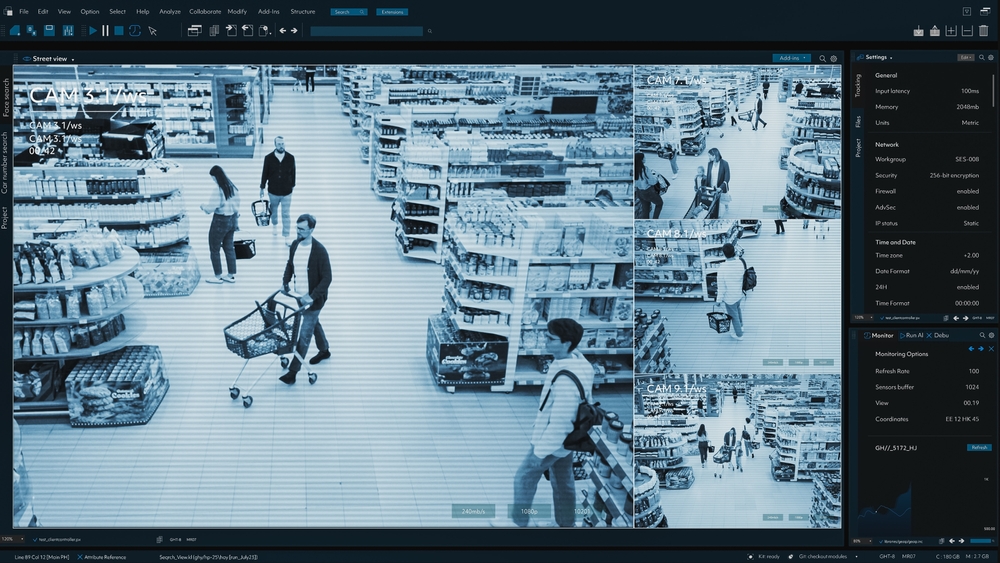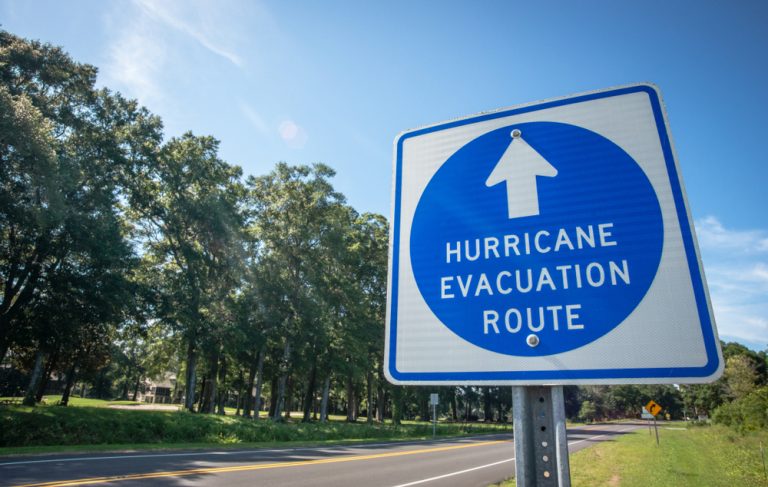What Constitutes Spoliation of Video Evidence?
What Constitutes Spoliation of Video Evidence?
On March 12, 2025, in the lawsuit Wal Mart Stores East, LP v. Pineda, Florida’s Third District Court of Appeal held that Wal Mart (Walmart) did not negligently or intentionally fail to preserve evidence and that an adverse inference jury instruction of spoliation of evidence was unwarranted.
In Pineda, the plaintiff claimed she was injured when she slipped and fell inside a Walmart store. Four days after the incident, Plaintiff’s counsel sent a letter to Walmart requesting preservation of surveillance video that did not specify the time of the incident. The plaintiff contacted Walmart and reported the incident occurred at 10:40 p.m. Walmart preserved a two-hour period of surveillance video from 9:40 to 11:40 p.m. Several months later, Walmart discovered that the plaintiff fell at 11:45 p.m., which was outside the initially preserved video segment. Walmart then preserved an additional five minutes of video from 11:42 p.m. until 11:47 p.m., including the time during which the fall occurred. Walmart produced all of the preserved surveillance video during discovery, which included a total of two hours and five minutes, with a small gap from 11:40 p.m. to 11:42 p.m.
Plaintiff’s counsel raised the issue of the two minute gap for the first time during trial. The trial court found that Walmart edited the footage with the intent to deprive the plaintiff of the missing two minute segment and granted an adverse inference jury instruction. The court also denied Walmart’s request to present evidence against the inference.
On appeal, Florida’s Third District Court of Appeal reviewed a three part inquiry that courts must address prior to imposing sanctions for spoliation of evidence: 1) whether the evidence existed at one time, 2) whether the spoliator had a duty to preserve the evidence, and 3) whether the evidence was critical to an opposing party being able to prove its prima facie case or a defense. The Third DCA also noted that a duty to preserve evidence does not exist at common law, and therefore the duty must originate either in a contract, statute, or discovery request.
After reviewing the facts of the case in light of the requisite three part inquiry, the Third DCA found that the trial court lacked a factual basis in finding that Walmart intentionally spoliated evidence, the trial court abused its discretion in giving an adverse inference instruction, and the court further abused its discretion by denying Walmart an opportunity to present evidence opposing the adverse inference. The court reversed the trial court’s ruling and remanded the case for a new trial.
Legal Implications
This case reinforces the importance of the preservation of surveillance video, particularly in the context of personal injury and other litigation where such footage may be critical to resolving factual disputes. The ruling applies both to surveillance video at retail stores and to video from any dashboard cameras or recording devices in cars and commercial vehicles. The court’s discussion provides a clear framework for determining when a party may be held liable for spoliation of evidence and highlights the need to:
- Take proactive steps to preserve surveillance video when there is a reasonable anticipation of litigation.
- Comply with preservation of evidence requests from opposing party to avoid possible spoliation of evidence.
- Understand the potential consequences of failing to preserve critical evidence, including the possibility of adverse inference instructions and other sanctions.
- Be mindful of the timing and the significance of evidence, particularly in cases where video surveillance could be pivotal to proving or defending a claim.
The three-part inquiry—whether the evidence existed, whether there was a duty to preserve it, and whether the evidence was critical to the opposing party’s case—serves as a useful guide in cases involving allegations of spoliation. As surveillance video becomes an increasingly important form of evidence in legal disputes, parties must remain vigilant in preserving such footage to avoid the risk of sanctions.







